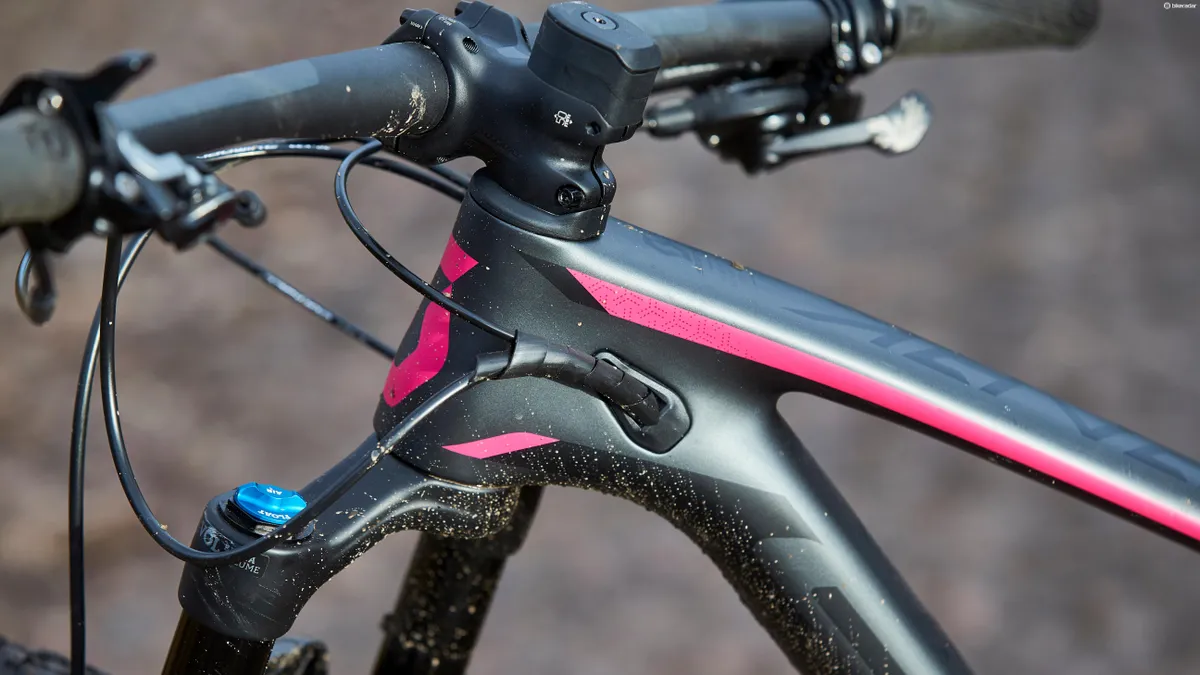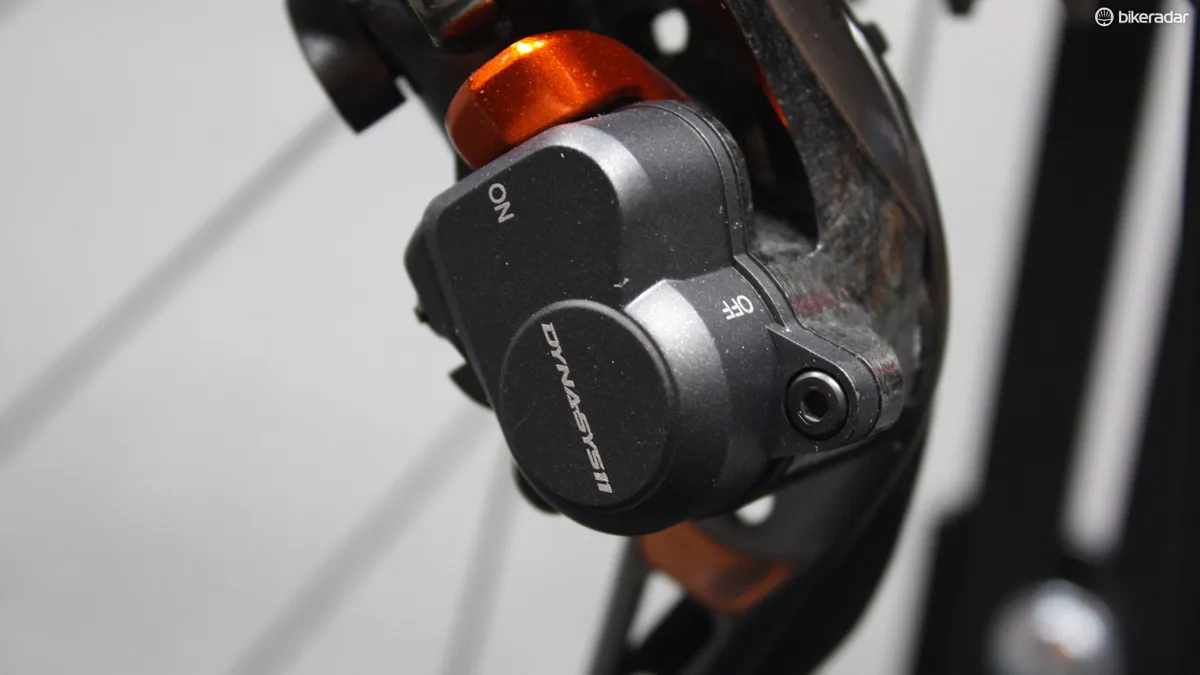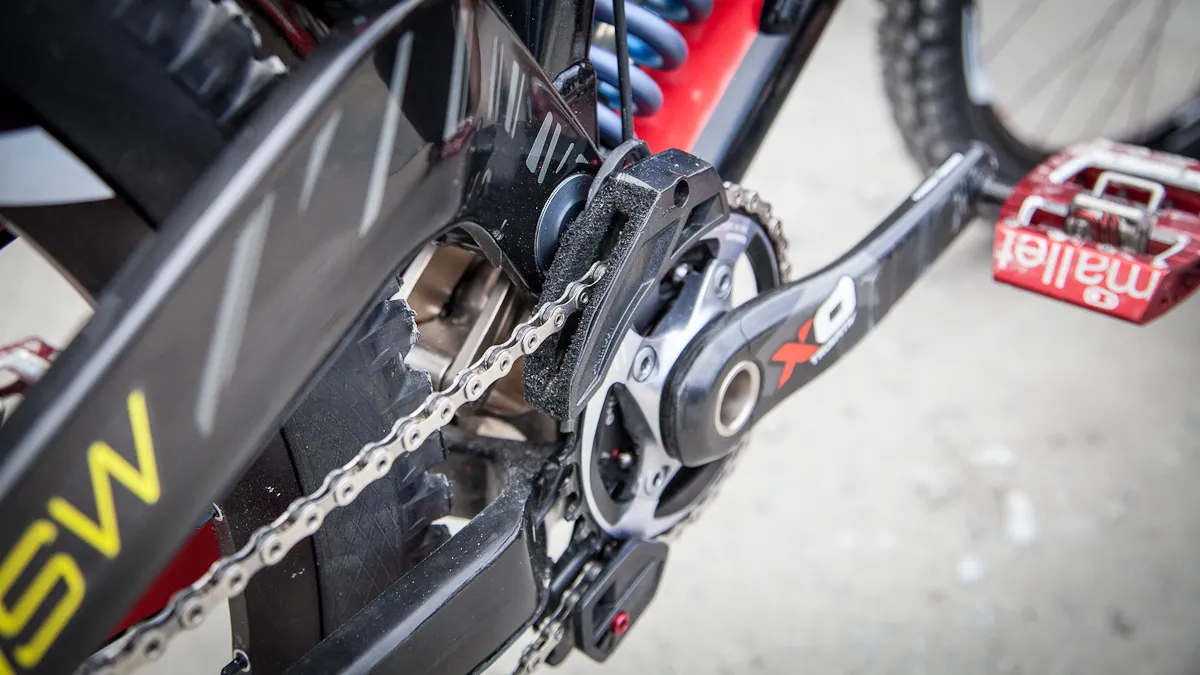Quiet bikes are fast bikes, or so the old adage goes. Whether it’s using the peace to focus on technical riding or maximum pedalling effort, or simply enjoying the sounds of tranquility when riding in the countryside, it's better to have a silent bike.
Noisy bikes can sound like a drum kit falling down the stairs, with slapping chains, gritty bearings or loose cables. It can be distracting for the rider and even comical for onlookers when a noisy bike rolls down the trail.
There are a number of ways of quietening down a noisy bike, from proper setup and maintenance to some stealthy tricks, and they all contribute to a quiet and more rewarding riding experience.
Exacerbating the difficulties here are the hollow tubes that make up our bikes; sound can vibrate through the frame, amplifying the noise and making finding it akin to watching a ventriloquist's act.
Get a thorough setup

The first tip is a simple one, and necessary regardless of your feelings about noise: get your bike set up and built properly.
If brake hoses or gear cables are left too long, it increases the chance that they'll flap about, banging off the tubes of the frame and making a racket.
When you get a new set of brakes or fit a new gear cable, cut them down to the correct length. The best way to do this is to find the maximum steering lock you will need and cut the cable so you’re just about able to achieve this.
Loose parts, such as headsets, or loose bolts, not only make a din but they’re a safety hazard. Performing a bolt check on your steed can be time-consuming, but if you find any loose bolts during your checks, you will be glad you did it. And, of course, tightening that headset or loose bottle cage will improve the smoothness and serenity of your riding experience.
Squealing brakes can be one of the loudest noises associated with bikes, and even gently catching brakes when coasting can be a bane on long, solo rides.
Take time to set up your disc or rim brakes properly: make sure your pads are square to the braking surface and stay clear when the brakes are released.
This should be a straightforward job for the patient home mechanic, which will keep your brakes working properly and wearing evenly, preserving the peace of your bike ride.
Eliminate squeaks and creaks

Squeaks and creaks can be the bane of a mechanic’s life, chasing that elusive, intermittent noise that only manifests on right-hand bends or at a specific cadence.
Although there is no panacea for eliminating creaks, there are two ways in tandem that could give you the best chance of a quiet ride.
- 1. Grease mating surfaces: put anti-slip compound on carbon parts, and grease or anti-seize on metal parts that require it, such as your crank spindle. Some parts, for example saddle rails, do not require any grease, but the ingress of grit or mud in between two surfaces can cause many an annoying creak.
- 2. Use a torque wrench to tighten the bolts on your bike to the manufacturer’s recommended settings.
These steps in tandem are the best way to banish any creaks and squeaks.
Keep on top of servicing and maintenance

It may be unglamorous, but one of the key parts of having a quiet bike is taking care of routine maintenance.
Rumbly bearings with play, poorly indexed gears, squeaky pedals and worn-out jockey wheels are all noisy evidence of a lacklustre bike maintenance schedule.
The solution is to go through your bike and make sure everything is adjusted correctly and lubricated properly. Regreasing a headset or pedal bearing banishes noise, but also makes your parts last longer and your bike more pleasant to ride.
During these checks is a great time to find evidence of worn or tired parts that need replacing, too.
Drivetrains are another common offender when it comes to excessive noise. Check your chain periodically for wear, because worn rollers can make a persistent noise. Likewise with jockey wheels or bottom brackets; if they’re tired or even just dry of lubricant, they can make excessive noise.
Check your bike regularly and stick to the manufacturer’s recommended service intervals.
Take it to the next level

If your bike is set up correctly and maintained properly, there are a few more things you can do to make it even quieter, particularly if the going gets bumpy.
Cables can be a major source of irritating noise, even if they’re the correct length. There are clips to attach cables together from manufacturers such as Jagwire, but in a pinch, you can use small cable ties.

If your bike has internal cable routing, you could consider sheathing the cables inside your frame in foam to reduce any noise from them slapping around inside the tubing.
You could also check that the cables are secured properly within the frame: some frames have internal passages for the cables, but if your bike does not, look for ways to fix the cables in place using cable ties – even attach them to each other if there are a bunch running together.

Chains can slap, even if they’re well lubricated and not excessively worn. Modern clutch derailleurs are extremely effective at preventing your chain from falling off when they're tensioned correctly, but they’re not infallible when it comes to preventing noise.
Back in the 1990s, neoprene chainstay protectors were all the rage, but in 2025, many manufacturers already fit a moulded rubber chainstay to bikes destined for off-road use. These can have gaps, though, allowing the chain to slap on harder (and therefore noisier) surfaces.

I’ve seen Velcro loops used to good effect on the inside of chain device cages, where the chain will rub frequently. These strips are cheap and available at stationery or sewing supply stores.
For parts of the frame not covered by an OEM chainstay protector, mastic tape is a great way to provide extra protection. Mastic tape is not cheap, but it is mouldable and waterproof, and is an effective weapon in the war against chain slap.
